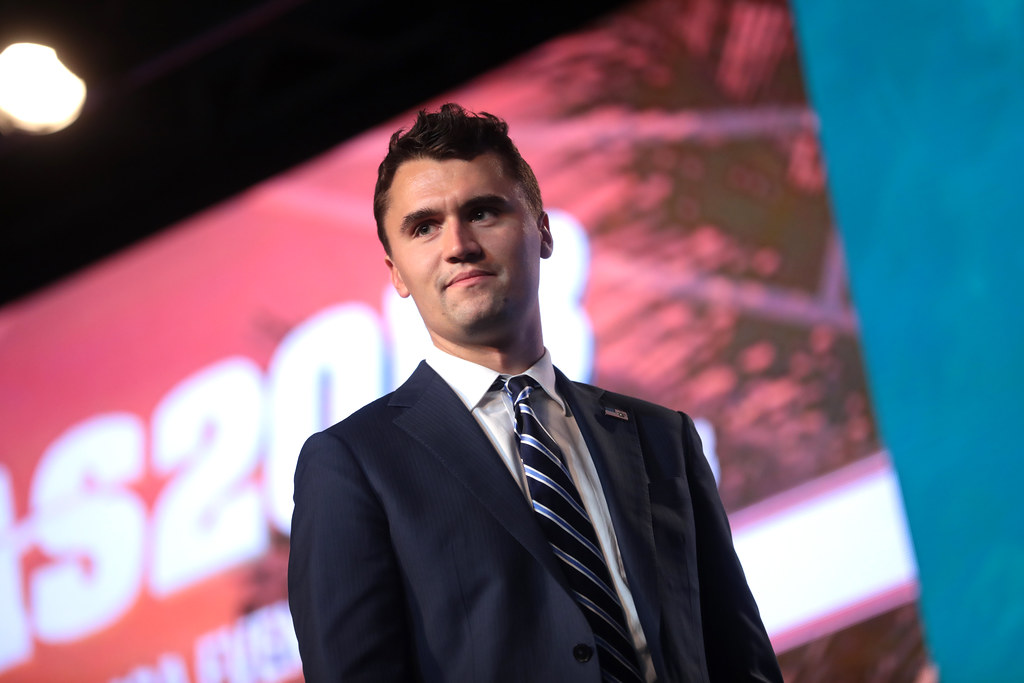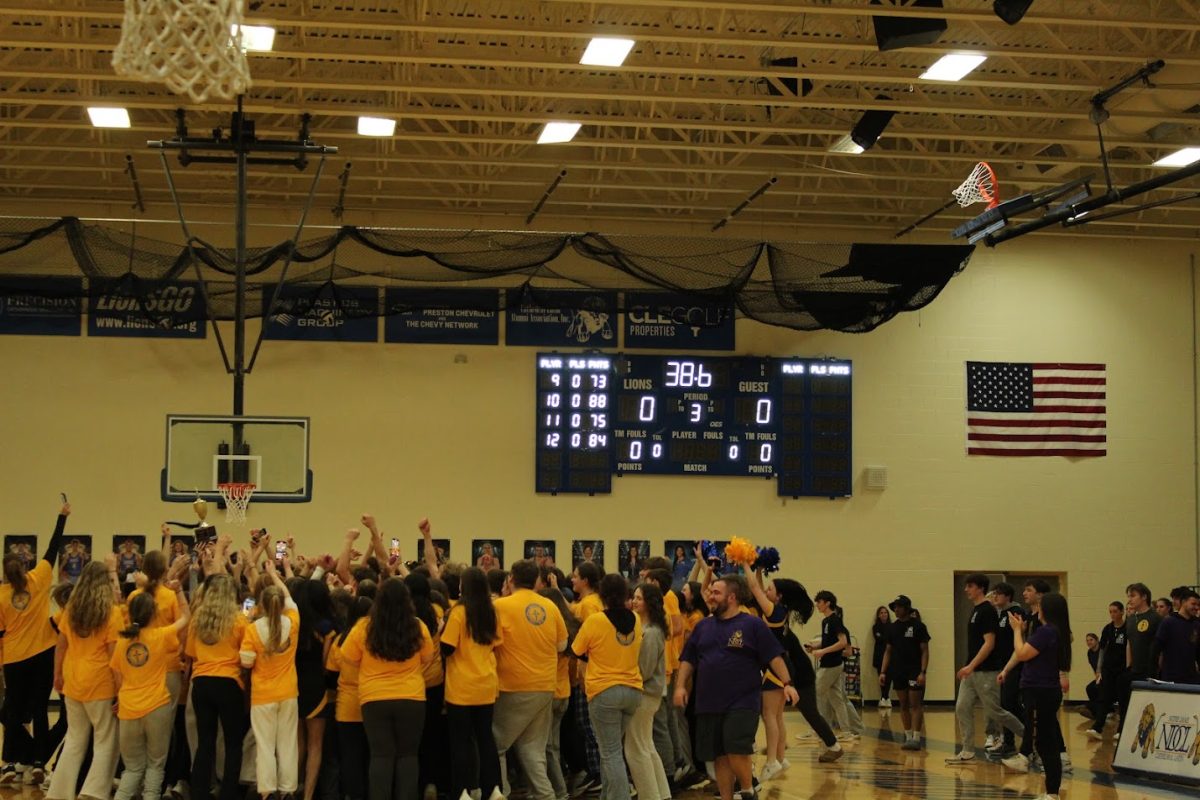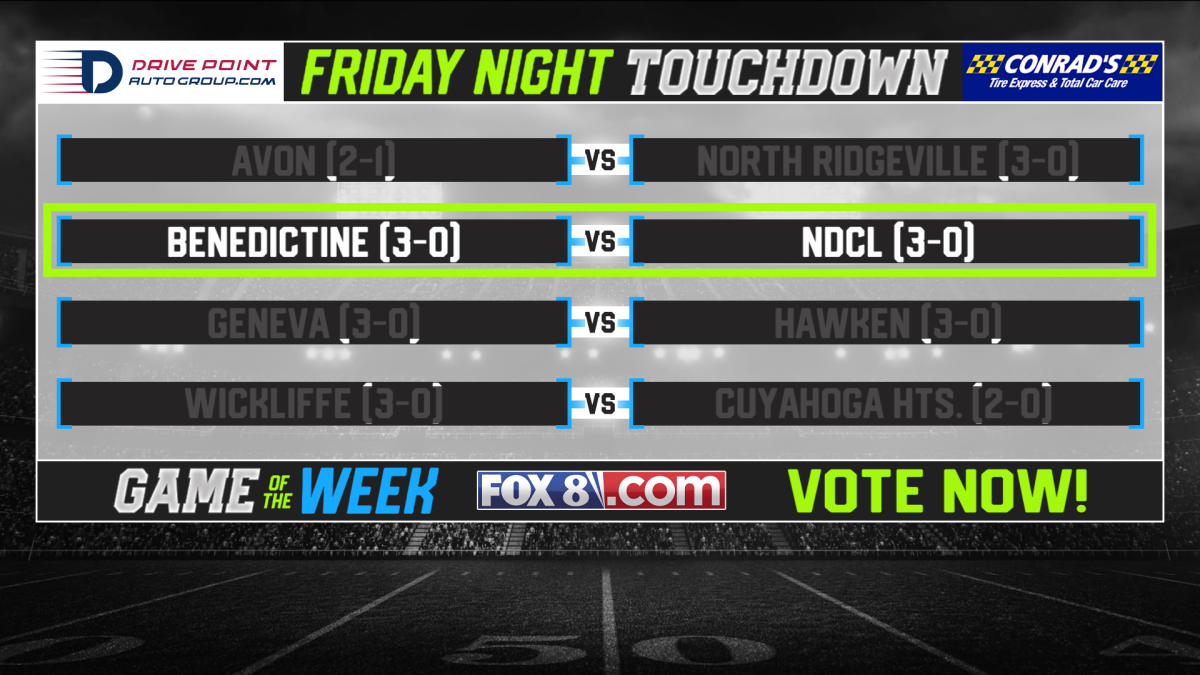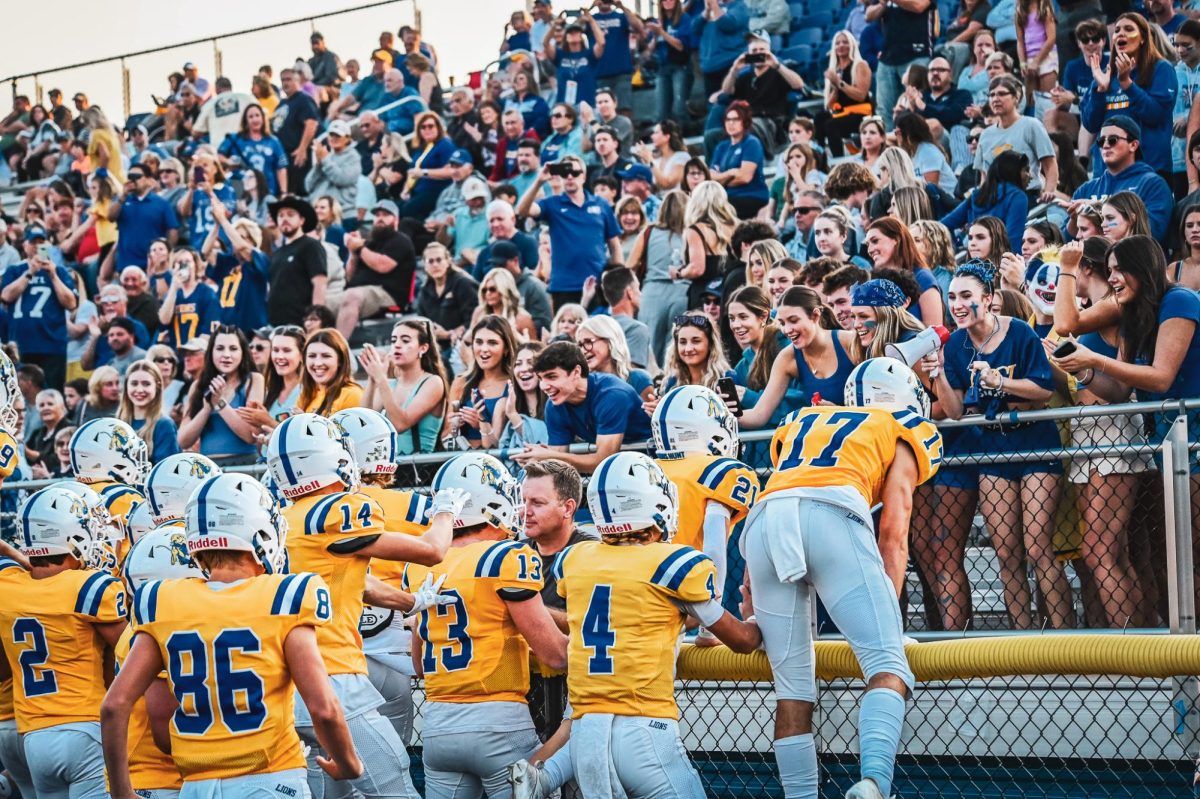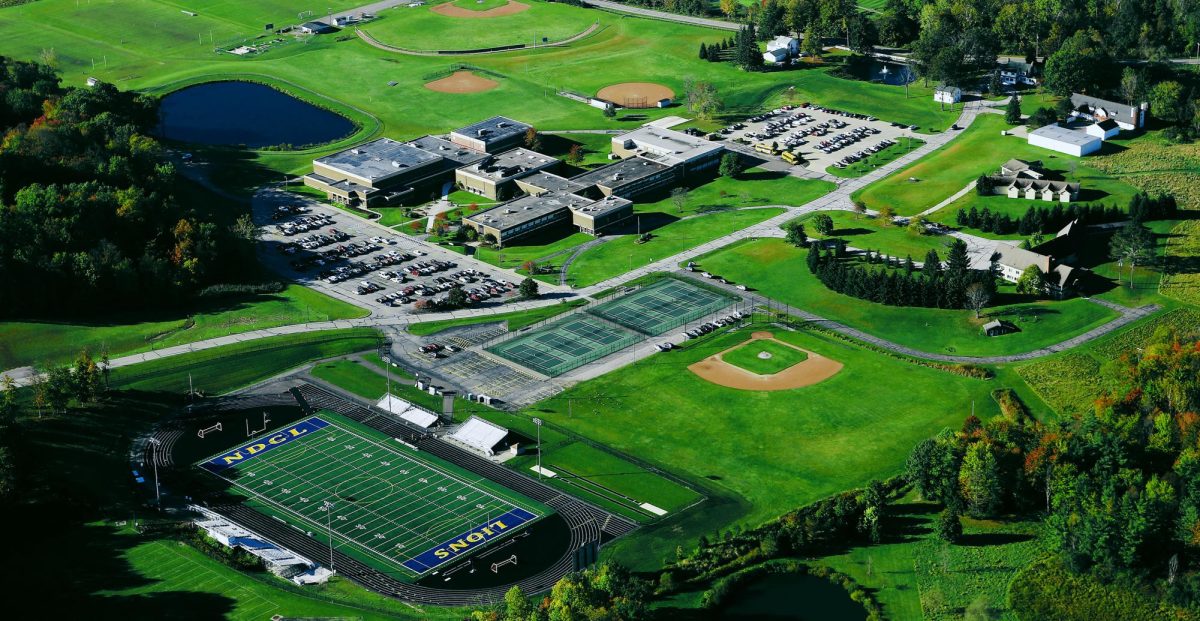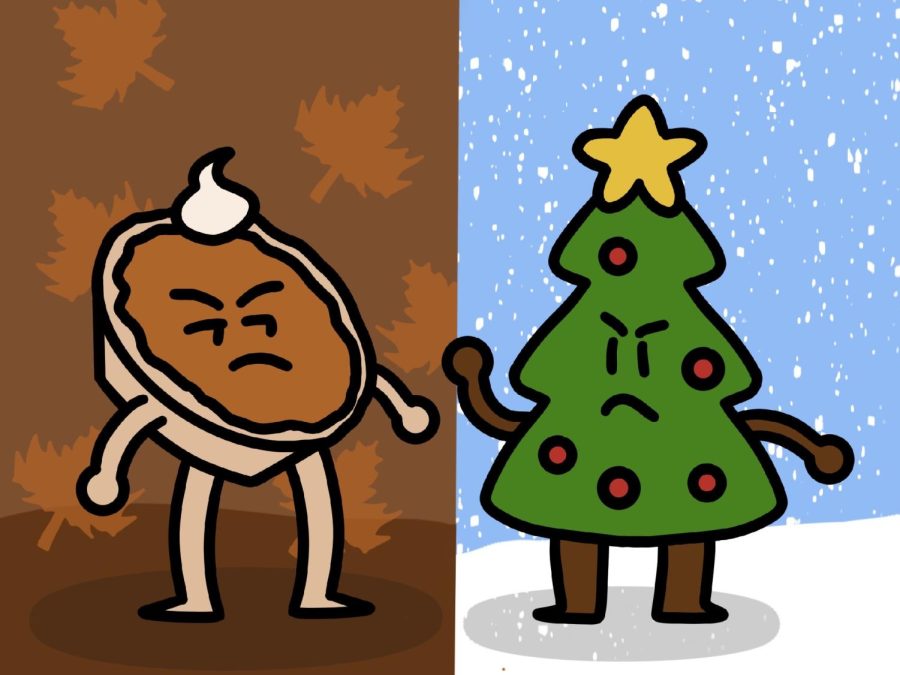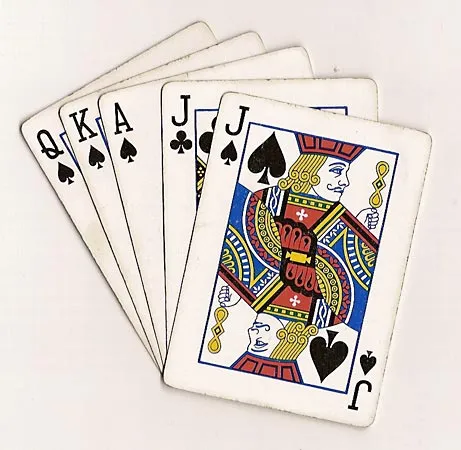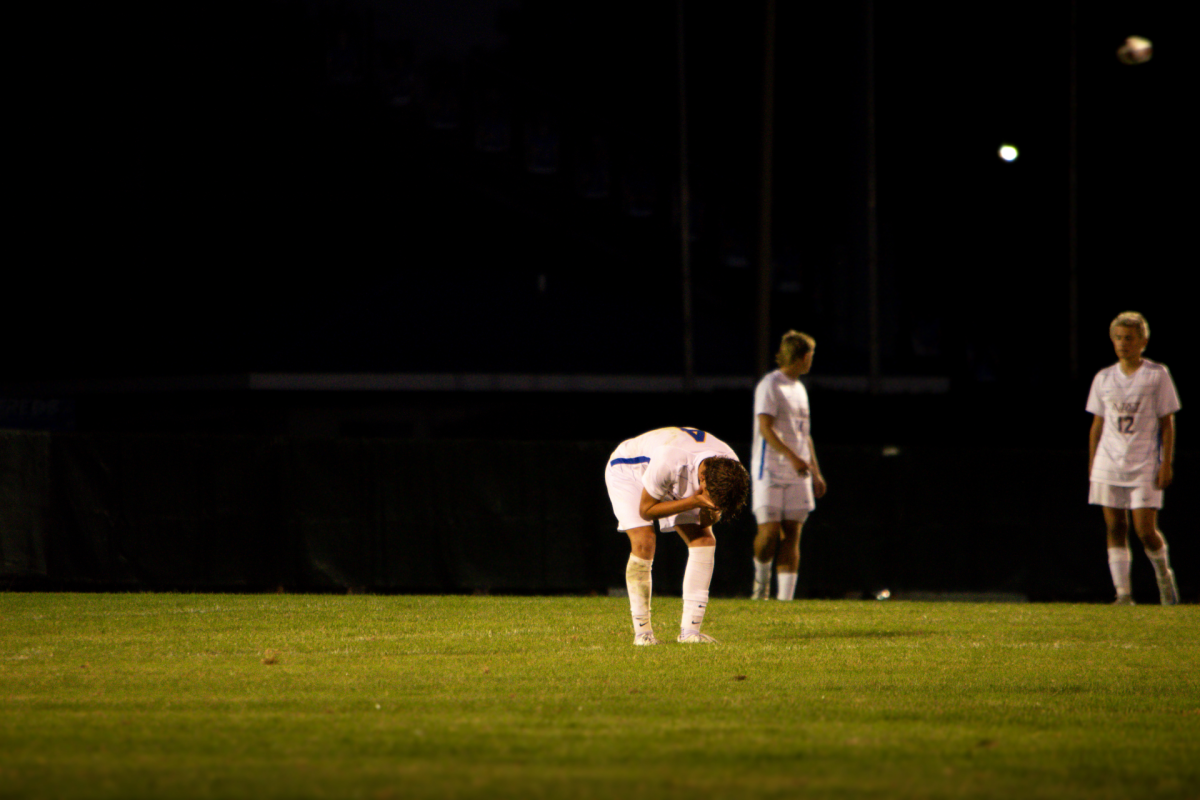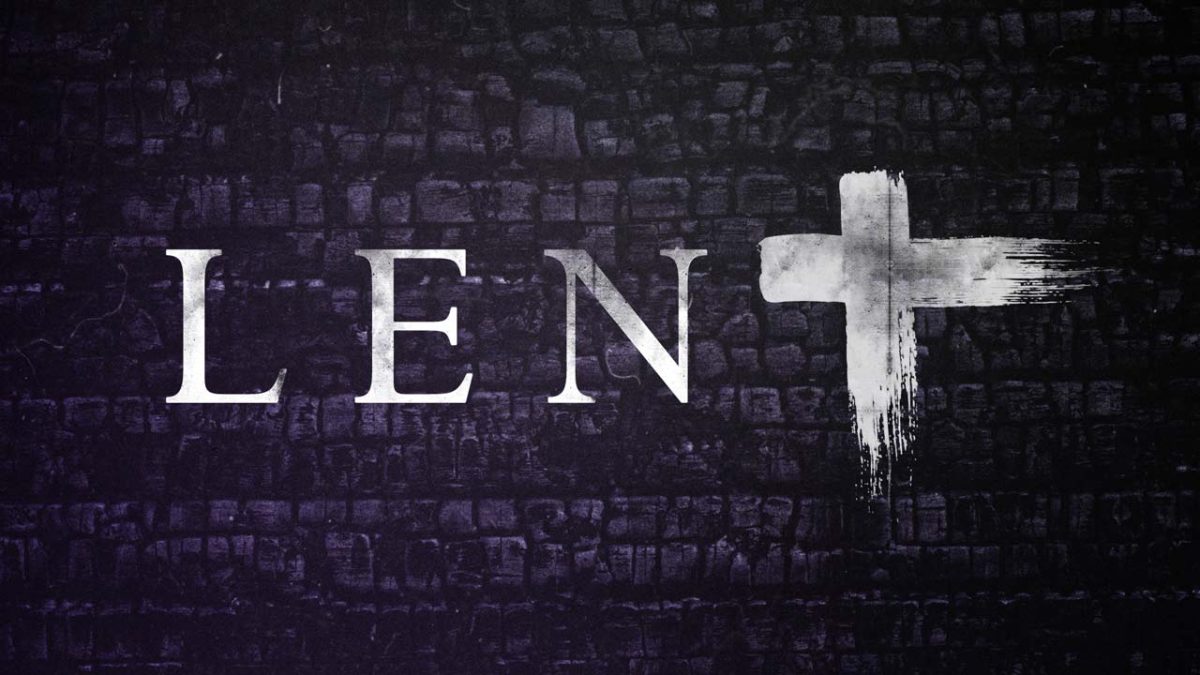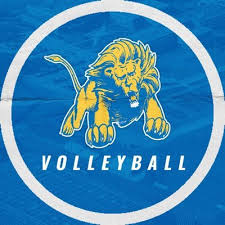In the midst of the roaring crowds, the adrenaline-pumping moments, and the pursuit of victory on the high school sports fields lies a hidden menace. It isn’t the rival team, the harsh weather, or the long practices, but something far worse: concussions. Despite the heroic portrayals of athletes, the silent impact of concussions has a substantial negative impact on high school sports. Concussions have become a significant issue in high school sports, affecting athletes across various disciplines, from football and soccer to basketball and lacrosse. According to the Centers for Disease Control and Prevention (CDC), approximately 3.8 million sports and recreation-related concussions occur in the United States each year. High school athletes are particularly vulnerable due to their developing brains, which are more susceptible to injury and slower to recover. A concussion is a type of traumatic brain injury caused by a bump, blow, or jolt to the head, or by a hit to the body that causes the head and brain to move rapidly back and forth. This sudden movement can cause the brain to bounce around or twist within the skull, creating chemical changes in the brain and sometimes stretching and damaging brain cells. Symptoms can include headaches, dizziness, nausea, confusion, and memory problems, and they may appear immediately or develop hours or days after the injury. The consequences of concussions in young athletes can be profound and long-lasting. Repeated concussions, or even a single severe concussion, can lead to chronic traumatic encephalopathy, a degenerative brain disease associated with cognitive decline, behavioral changes, and emotional instability. Moreover, the academic performance of student-athletes can be significantly affected, as cognitive symptoms such as difficulty concentrating and memory issues can hinder their ability to keep up with schoolwork. Addressing the concussion crisis requires a multifaceted approach. Education and awareness are critical components. Coaches, parents, and athletes need to be informed about the signs and symptoms of concussions and the importance of reporting them. Encouraging a culture where athletes feel comfortable reporting injuries without fear of losing playing time is essential. Having trained medical personnel, such as athletic trainers or sports medicine physicians, present at games and practices can ensure that concussions are promptly and accurately diagnosed and managed. Immediate removal from play following a suspected concussion, followed by a thorough medical evaluation and a graduated return-to-play protocol, can help prevent further injury and facilitate recovery. The issue of concussions in high school sports offers several important lessons. First, it highlights the need for balance between the physical and mental well-being of young athletes and the competitive nature of sports. Additionally, it reminds us that the true spirit of sports lies not in the risks taken but in the values of teamwork, perseverance, and fair play. In conclusion, the phrase, “Use your head, don’t lose your head,” reminds us of the importance of protecting our brains. High school sports should be about making memories, not losing them. So, let’s tackle the rising issue of concussions head-on!
The Silent Plague of High School Sports: Concussions
Emma Clayton, Staff
November 20, 2024
0
More to Discover

